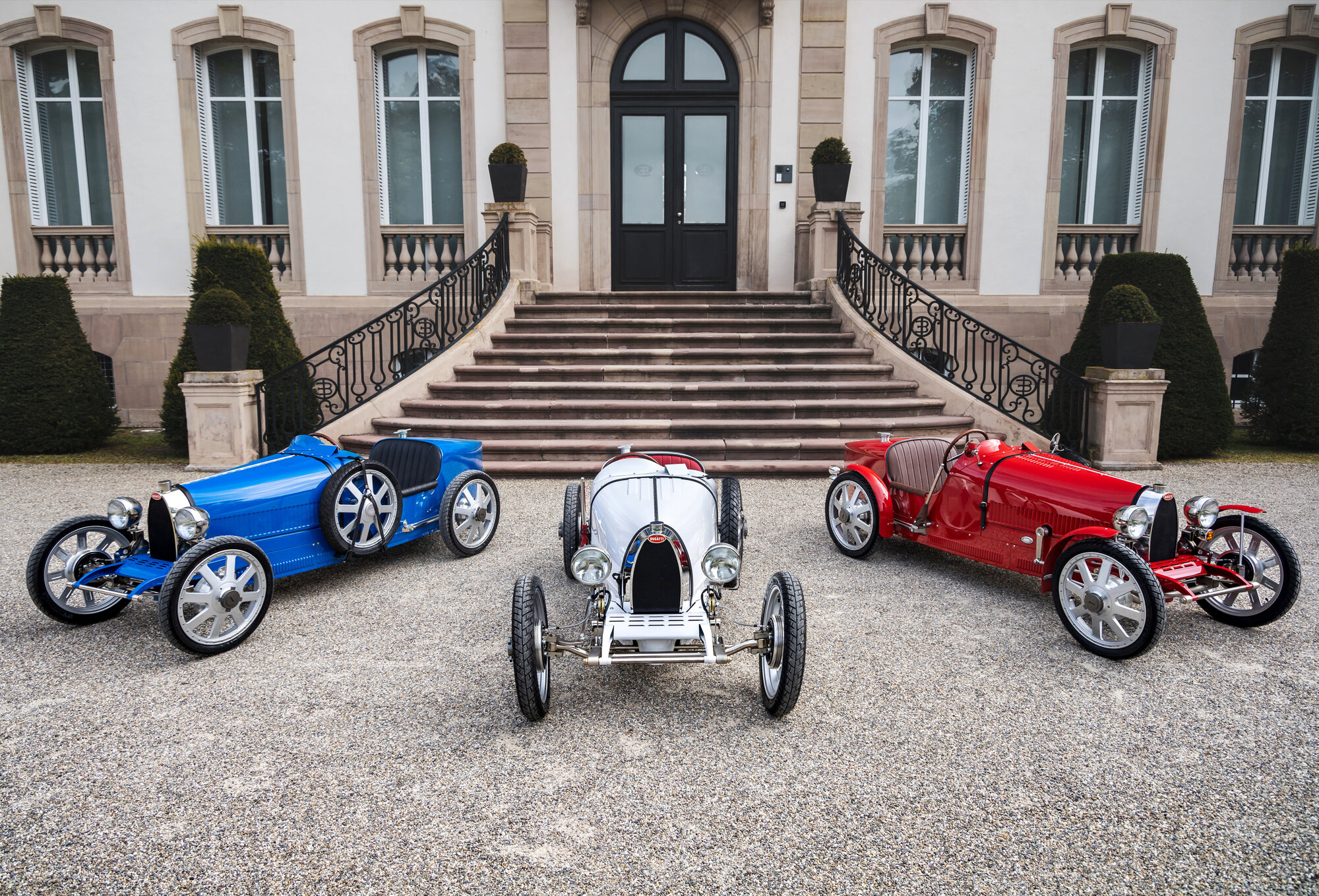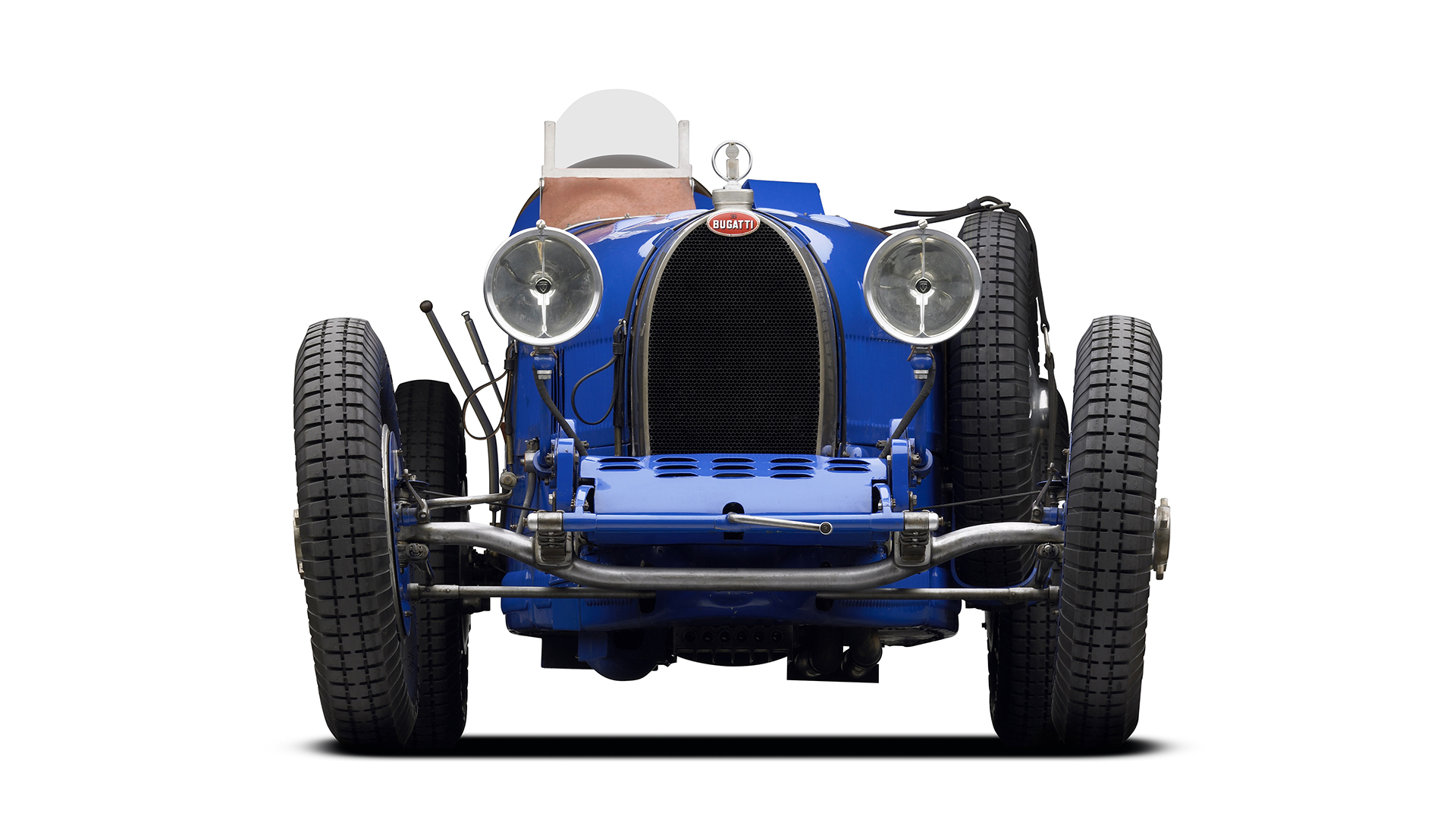Part 5 - A Bugatti in your garage? Some good reasons to having one The Racing Parabola
08 July 2023 3 min read 4 images

The sons of great men have a weighty heritage to shoulder. This is especially so if the scion is only 24 and intends to breathe new life into a great marque following the devastation of the war by seeking to recover the precious machine tools created to produce excellence. Such was the steadfast aim of Roland, Ettore’s second son, when the Molsheim factory was returned to his father. by that time, Ettore’s health was so bad that he couldn’t even be informed of the change in circumstances, and Roland had to handle everything alone. He could not have foreseen that in 1966, following the collapse of an audacious effort at relaunching the marque, his step-mother, Geneviève Delcuze, Ettore’s second wife and the mother of Thérèse and Michel, would sell what remained of Bugatti, trademark and all, to Hispano Suiza, the company that during the war years had commissioned Bugatti to produce mechanical parts for its engines.
Register to unlock this article
Signing up is free and gives you access to hundreds of articles and additional benefits. See what’s included in your free membership. See what's included in your free membership.
Already have an account? Log In


